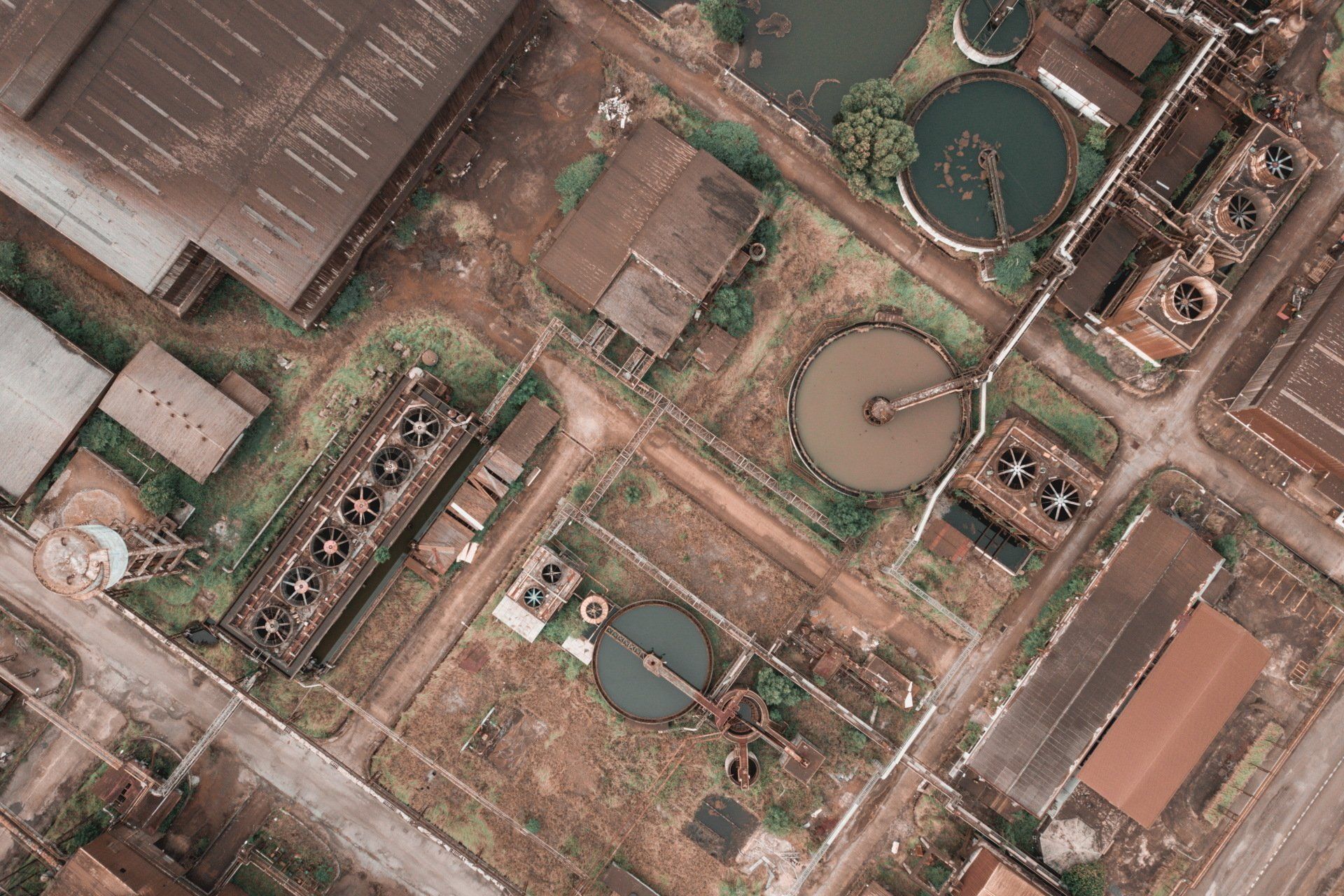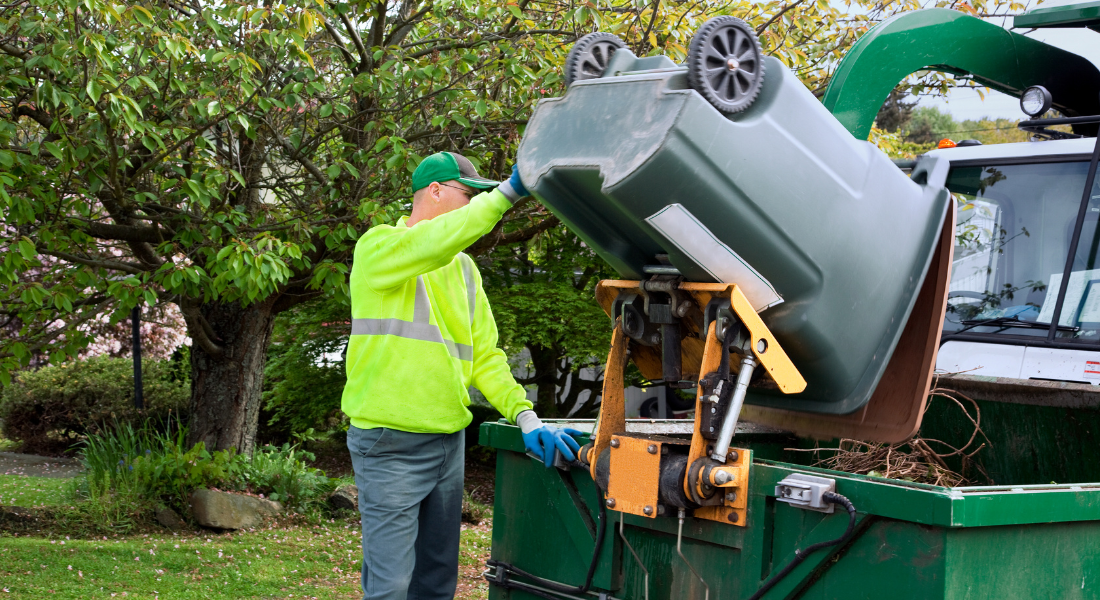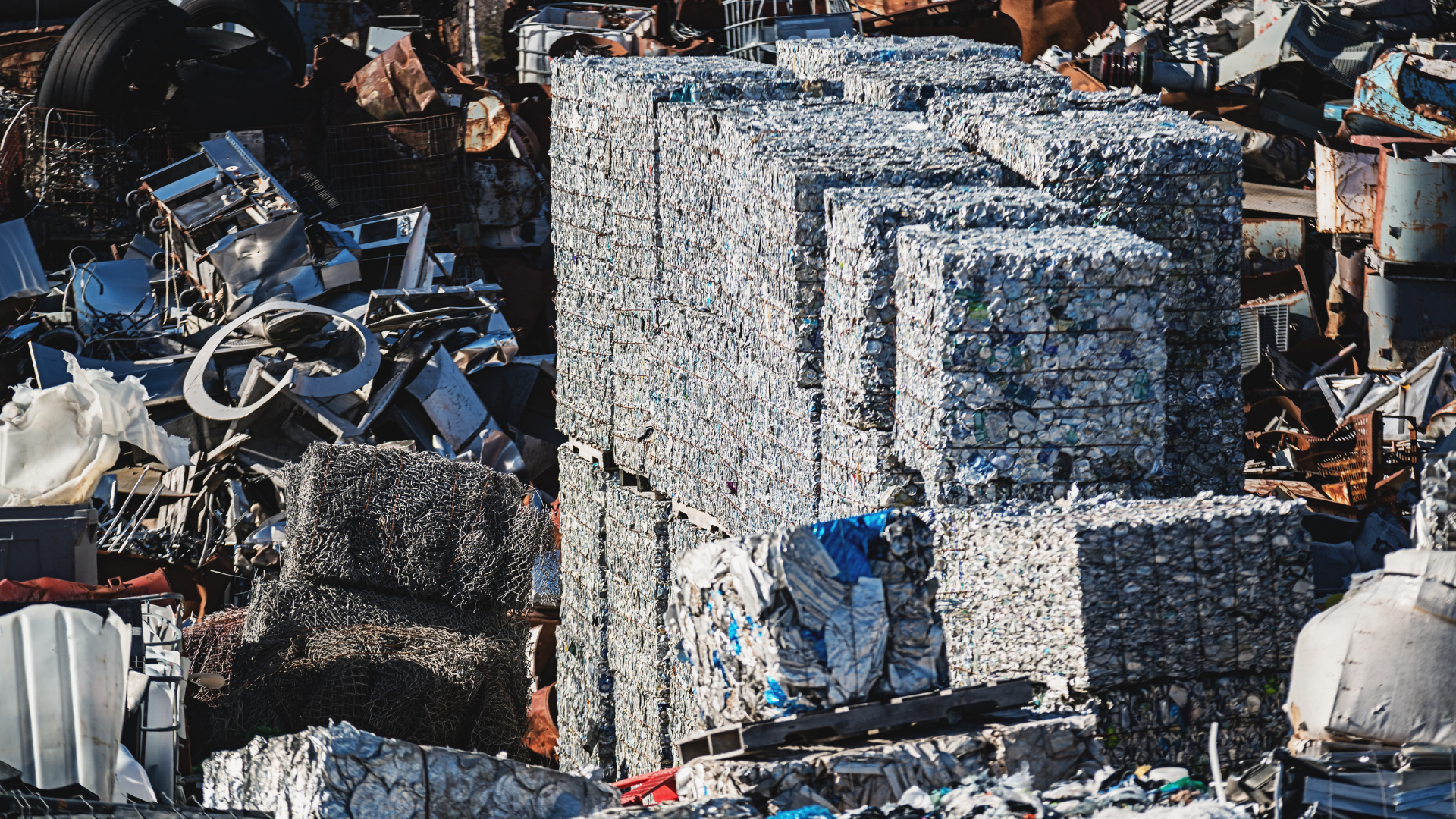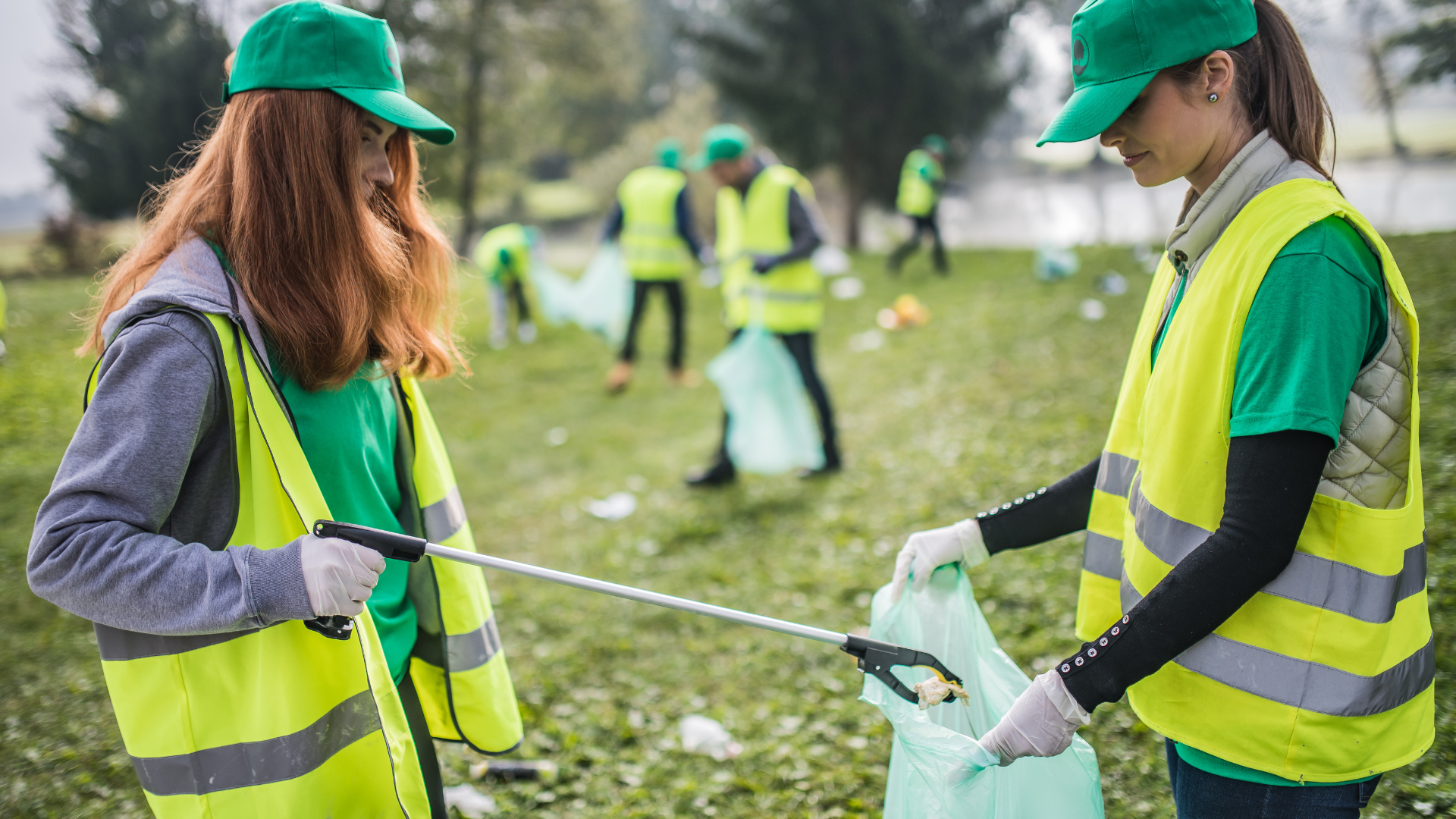The Environmental and Health Impacts of Single-Use Plastics and What We Can Do To Reduce Their Use
FIND OUT HOW YOU CAN SAVE OVER 30% ON YOUR WASTE COST
WHILE IMPROVING THE SERVICE LEVEL
We Will Provide A Free Waste Savings Audit.
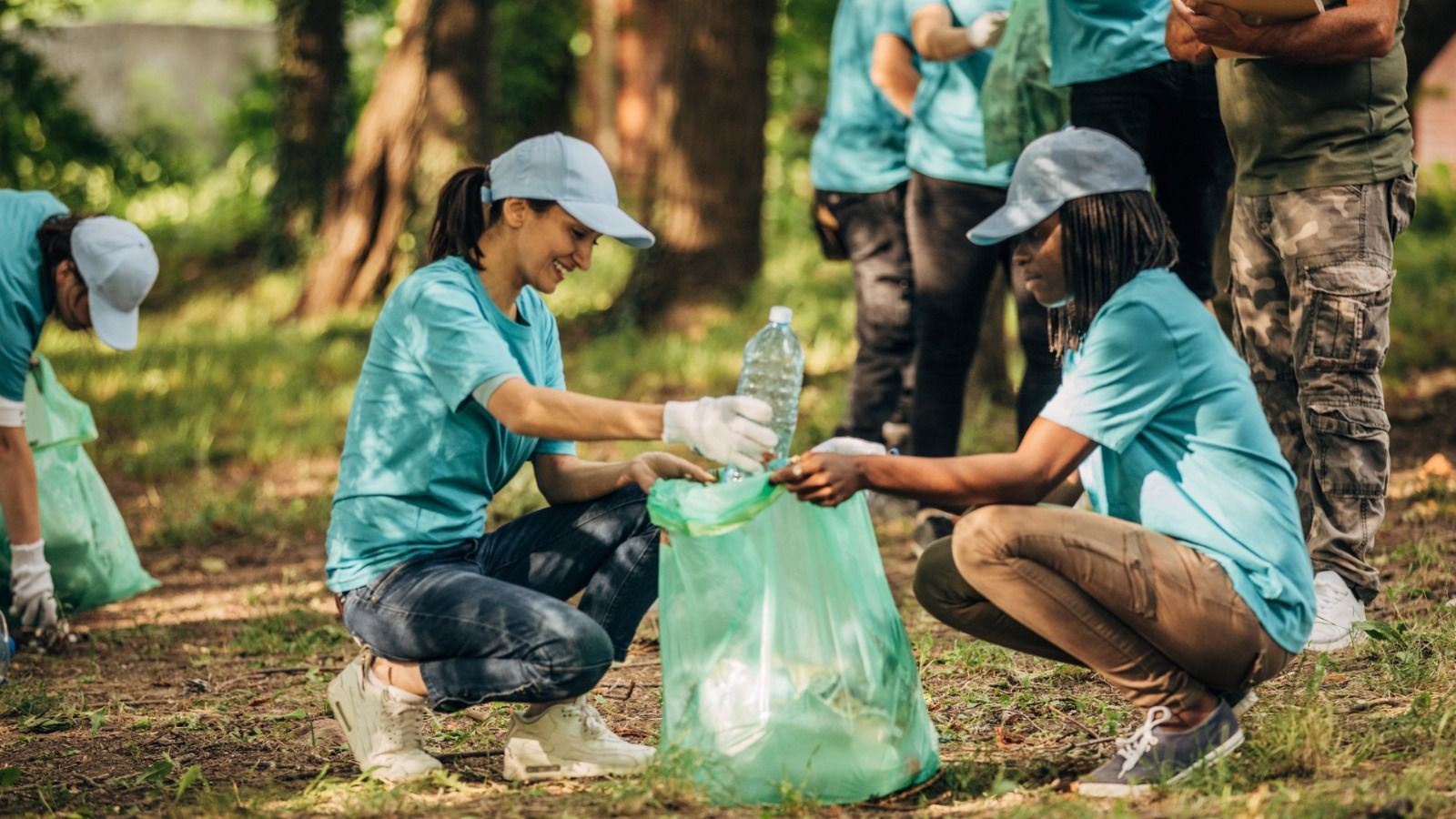
It's time to end our toxic relationship with single-use plastics.
Single-use plastics—items like plastic bags, straws, takeout containers, and food packaging—have become commonplace in our everyday lives. However, as awareness grows about the environmental and health consequences of single-use plastics, there is a pressing need to reassess our reliance on these disposable plastic products. This article takes a deeper look at the major impacts of single-use plastics and discusses solutions for individuals, businesses, and governments to reduce plastic waste and pollution.
What are single-use plastics?
Single-use plastics, often also referred to as disposable plastics, are plastic items that are discarded after only being used once or for a short period of time. These include:
- Plastic bags, straws, and cutlery provided by restaurants and retailers
- Takeout food containers and disposable coffee cups
- Plastic bottles, wrappers, and packaging around food items and consumer goods
- Other plastic products meant to be used briefly and then thrown away, like razors and hotel toiletries
Many single-use plastic products are made from low-density polyethylene (LDPE) or polyethylene terephthalate (PET) which are lightweight, cheap to produce, and durable. However, these properties also make disposable plastics persist in the environment and cause extensive pollution. Their environmental impact has been exacerbated by a “throwaway” culture that has normalized excessive plastic waste.
Why are single-use plastics a problem?
Single-use plastics pose a major environmental threat for several reasons:
- They are rarely recycled – Only about 14% of plastic packaging is collected for recycling globally. The rest often ends up in landfills or the natural environment.
- They are not biodegradable – Most disposable plastics can last for hundreds of years in the environment without breaking down.
- They damage ecosystems – Plastic waste harms wildlife on land and in oceans. Microplastics also enter food chains.
- They exacerbate climate change – The production and incineration of plastic produces greenhouse gases like carbon dioxide.
- They consume resources – Valuable resources and energy are used to extract oil and make plastic that is only used for a few minutes before being discarded.
- They accumulate in the environment – When not disposed of properly, single-use plastics accumulate in landfills and the natural environment. Oceans are severely affected.
What are the environmental impacts of single-use plastics?
The widespread use and improper disposal of single-use plastics has many adverse environmental impacts:
Pollution of our waterways and oceans:
- Up to 13 million metric tons of plastic enters our oceans each year. Plastics make up 80% of marine debris.
- The Great Pacific Garbage Patch floating in the Pacific Ocean contains over 87,000 tonnes of plastic debris.
- Plastic debris is found on the ocean surface, seabed, and along coastlines worldwide. Even the Arctic sea ice contains microplastics.
Harm to wildlife and marine ecosystems:
- Over 260 species, including invertebrates, turtles, fish, seabirds, and mammals have been impacted after ingesting or becoming entangled in plastic waste.
- Plastic debris can damage coral reefs and transport invasive species.
- Toxins in plastics accumulate up the food chain and impact large predators like tuna and swordfish.
Land and soil pollution:
- Plastic waste is a major component of terrestrial litter. It impacts landscapes, roadways, and public areas.
- Agricultural soil is contaminated by microplastics from sewage sludge used as fertilizer.
- Toxic chemicals can leach from plastic waste contaminating soil.
Exacerbating climate change:
- 99% of plastics are derived from fossil fuels. Plastic production and transportation uses 6% of global oil consumption.
- Incinerating plastic waste produces carbon emissions and contributes to climate change.
- Plastics decompose slowly, releasing methane, another potent greenhouse gas.
Depletion of resources:
- The production cycle of single-use plastics depends on extracting finite resources like petroleum, natural gas, and other fossil fuels.
- Recovering and recycling plastic requires expenditures of water, energy, and other resources.
Accumulation in landfills:
- Most plastic waste ends up in landfills or open dumps. In 2016, 242 million tonnes of plastic waste was generated globally.
- It can take up to 1,000 years for plastic in landfills to degrade.
- Landfill plastic can leach hazardous chemicals into soil and groundwater.
What are the health impacts of single-use plastics?
In addition to environmental impacts, single-use plastics can also negatively affect human health:
Microplastics found in human bodies:
- Microplastics (plastic particles under 5mm) have been detected in many human organs and tissues. Impacts on human health are still being researched.
- Microplastics found in the placentas of pregnant women can cross into fetal circulation.
- Humans ingest thousands of microplastic particles through food, water, and air pollution every year.
Toxic chemical exposure:
- Harmful chemicals like bisphenol A (BPA) and polystyrene can leach from plastics into food and drink.
- These endocrine disruptors mimic hormones in the body and may impact fertility, neurological function, and development issues.
- Phthalates added to some plastics are linked to allergies, asthma, and breast cancer risks.
Potential to harbor pathogens:
- Plastic waste can serve as a vector for pathogens like E. coli and Salmonella to spread and persist in the environment.
- Reusing plastic items runs contamination risks, even with washing. COVID-19 virus can survive on plastics.
- Hospital waste with plastic syringes, gloves, and IV tubes could expose waste workers to infection.
Why is it important to reduce our use of single-use plastics?
Given the array of environmental and health concerns associated with single-use plastics, it is critical that we curb our reliance on disposable plastics through initiatives like reduction, reuse, and responsible disposal. Important reasons to cut down on single-use plastics include:
- Alleviate pressure on waste management systems
- Reduce plastic waste leaking into ecosystems
- Prevent further pollution of our oceans and waterways
- Protect wildlife and marine biodiversity
- Reduce human exposure to plastic-associated toxins and pathogens
- Slow accumulation of plastics in landfills
- Conserve natural resources used in plastic production
- Mitigate contributions to climate change
- Set a path towards a circular economy model
Our individual actions, government policies, and business practices need to evolve to stem the rising plastic pandemic and build a cleaner, healthier future.
What can we do to reduce our use of single-use plastics?
There are many ways individuals, businesses, and governments can work to reduce the ubiquity of single-use plastics in society:
Consumer actions:
- Carry reusable bags, containers, bottles, and utensils when shopping or eating out
- Choose products with minimal, recyclable, or compostable packaging
- Refuse unnecessary plastic straws, cutlery, bags, or packaging when possible
- Recycle properly and dispose of plastic waste responsibly
- Support businesses that are reducing single-use plastics
- Get involved in campaigns against problem plastic products
Business initiatives:
- phases out problematic plastic packaging and cutlery
- Uses alternative materials like compostable cutlery and paper straws
- Offers discounts for customers who bring reusable cups and bags
- Redesigns operations and supply chains to minimize plastic usage
- Implements take-back programs for plastic waste recycling
Government strategies:
- Sets plastic reduction and recycling targets for businesses
- Implements bans on problematic single-use plastic products
- Runs public education campaigns to promote behavior change
- Expands waste management and recycling infrastructure
- Makes companies responsible for plastic waste through "Extended Producer Responsibility"
- Sets standards for plastic-free packaging and compostable alternatives
Through combined efforts, we can make a tangible difference in reducing the scourge of single-use plastic waste.
In recent years, momentum has grown around tackling the single-use plastics crisis on multiple fronts:
Policy actions:
- Over 60 countries have banned or taxed plastic bags to discourage their use. Kenya has seen an 80% drop in plastic bags since its 2017 ban.
- The EU plans to ban certain single-use plastics by 2021. It also requires member states to collect 90% of plastic bottles by 2029.
- China no longer accepts plastic waste imports, compelling developed nations to improved domestic recycling.
- Cities like Seattle and Vancouver have banned plastic straws, utensils, and other problematic items.
Business leadership:
- Multinational corporations like McDonald's, Starbucks, and IKEA plan to phase out polystryrene cups, plastic cutlery, and other plastic packaging.
- Startups are pioneering new biodegradable and compostable bioplastic alternatives made from plants starches and algae.
- Deposit return schemes help ensure plastic bottles get recycled. Reverse vending machines provide incentives.
Improved recycling programs:
- Advanced recycling technology enables more plastics to be recycled or converted into new materials and products.
- Standardized labeling helps consumers properly identify and sort plastics for recycling.
- More cities are enhancing residential recycling pickup and expanding public drop-off options.
Innovative waste management solutions:
- Plastic-to-fuel facilities convert unrecyclable plastics into energy sources, like oil, gas, or electricity.
- Pyrolysis systems thermally decompose waste plastics into useful components.
- Biodegration facilities like Indonesia's new Garbage Clinical Insurance use bacteria and heat to rapidly decompose waste plastic.
While promising progress is underway, reducing single-use plastics will require sustained commitment from all stakeholders to fundamentally transition away from the current throwaway culture.
Conclusion
The ubiquity of single-use plastics in modern society has had devastating consequences on ecosystems, wildlife, and our own health. From pollution of oceans to air contamination from incinerators, the environmental and health impacts highlight the need for swift action to curb our reliance on disposable plastics. With lifestyle changes, innovative solutions, and political will, we can overcome the single-use plastics crisis. But it will require individuals, businesses, and governments to rethink how we produce, consume, and dispose of plastic products. The goal must be to drastically reduce and eventually phase out wasteful and unnecessary plastics for the sake of planetary and human health. Small steps by many will add up to make a circular economy possible.
To learn more about reducing plastic waste, contact Vanellagroupmn by visiting their website. Together, we can rethink and reduce our reliance on single-use plastics.
TVG Waste Consulting provides proactive environmental consulting services. We're dedicated to saving you time, money, and making sure you have a custom solution to meet your needs. Contact us today!
Our Recent Articles

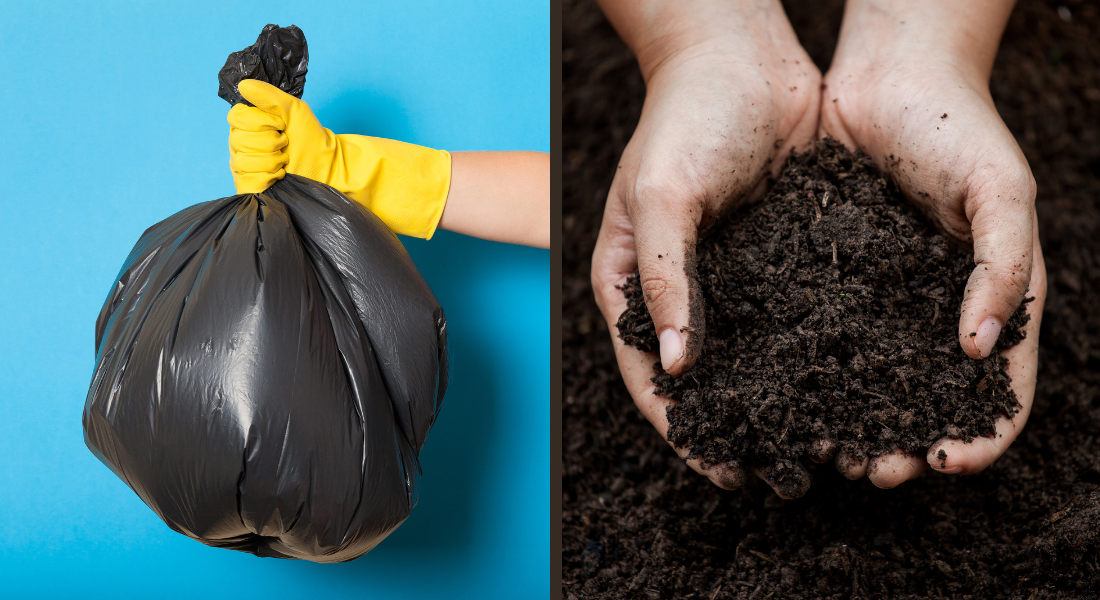
FIND OUT HOW YOU CAN SAVE OVER 30% ON YOUR WASTE COST
WHILE IMPROVING THE SERVICE LEVEL
We Will Provide A Free Waste Savings Audit.


